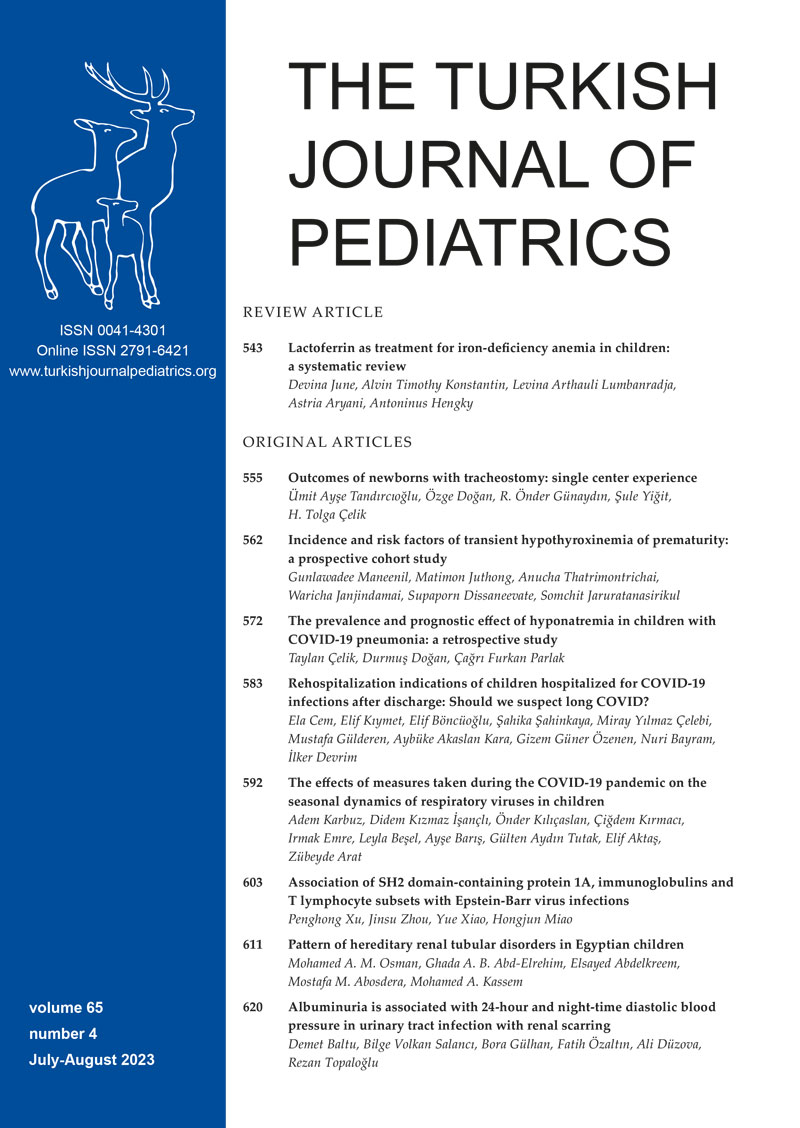Abstract
Background. Severe burns can readily induce gastric and duodenal mucosal erosions and superficial ulcers. In severe cases, haemorrhage or perforation of peptic ulcers might occur, threatening the lives of patients. At present, gastrointestinal haemorrhage after burns is treated mainly with drugs and gastrointestinal endoscopy. However, multidisciplinary treatment of gastroscopy combined with vascular embolization is rare.
Case. A boy aged 3 years and 4 months was admitted to the hospital, scalded by boiling water on multiple parts of the body. On the 8th day after the injury, the patient continuously produced a large amount of tarry black stool, and the faecal occult blood test was positive. Haemostatic drug treatment was ineffective, and severe shock and disseminated intravascular coagulation (DIC) occurred. Under the guidance of a multidisciplinary team (MDT), a gastroscopy examination was performed and showed bleeding from a duodenal bulb ulcer. Due to a small intestinal lumen and thin intestinal wall, bleeding could not be controlled by gastroscopy. However, the bleeding point was clarified by gastroscopy and then gastroduodenal artery embolization was performed efficiently. No active gastrointestinal bleeding was observed after the surgery. The patient was followed for 6 months after discharge, and no gastrointestinal haemorrhage recurred.
Conclusions. This is a rare case of acute massive upper gastrointestinal bleeding secondary to post-burn stress in paediatric patients. For paediatric patients who cannot be treated by endoscopy, transcatheter embolization may be safer and more effective for achieving haemostasis. Through the collaboration of the MDT, gastroscopy combined with interventional embolization was performed, which successfully stopped the massive bleeding and saved the child`s life, making it worthy of clinical reference.
Keywords: curling ulcer, gastroscopy treatment, upper gastrointestinal bleeding, vascular embolization
Copyright and license
Copyright © 2023 The Author(s). This is an open access article distributed under the Creative Commons Attribution License (CC BY), which permits unrestricted use, distribution, and reproduction in any medium or format, provided the original work is properly cited.














